Having three currently available (in some places) 22 pistols – one that’s been in production for some time with enviable success and two recent entries – I decided to get into these guns and try to see what I could actually do with each.
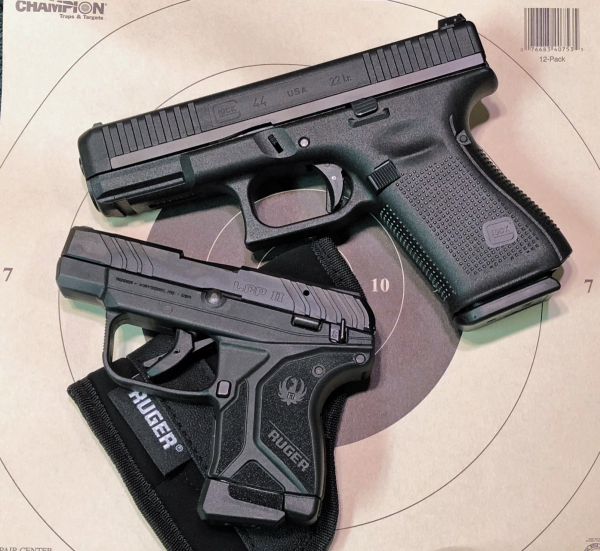
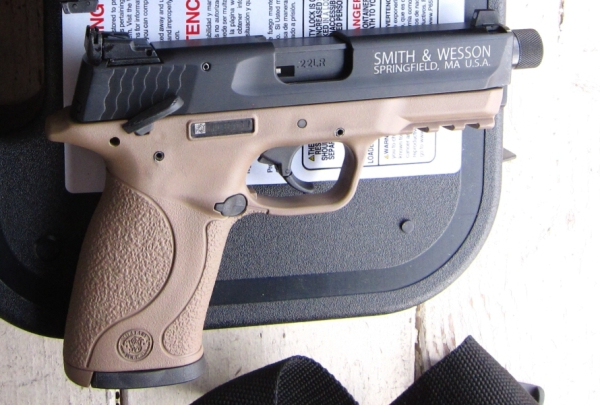
I elected to get the real “feel” of each of the guns by getting “trigger-centric.” One way to do that was a drill recently popularized on the Wilson Combat YouTube channel in a video from their “Master Class” series. The drill was explained by Massad Ayoob and demonstrated by Ken Hackathorn. It’s called the “Blind Swordsman.”
It’s one of those not to try without some experience because you shoot with your eyes closed . . . The idea is that absent visual inputs you can focus on the feel of the trigger. They were at five yards and used an IDPA target. I was on a nearly deserted range, used B-8 repair centers and shot it from seven yards.
I’d not do this if there were other members around the bay and I wouldn’t have a new shooter do it without first gaining some experience. It’s a matter of aiming in on the target, finger on trigger, closing your eyes and shooting without allowing the gun to move.
Critical aspects of the drill include pausing after the shot and opening your eyes to see where the gun is; did it return to the aiming point? If not, we need to work on (1) your natural point of aim, (2) stance and (3) grip. I “cheated” by checking the NPOA before shooting.
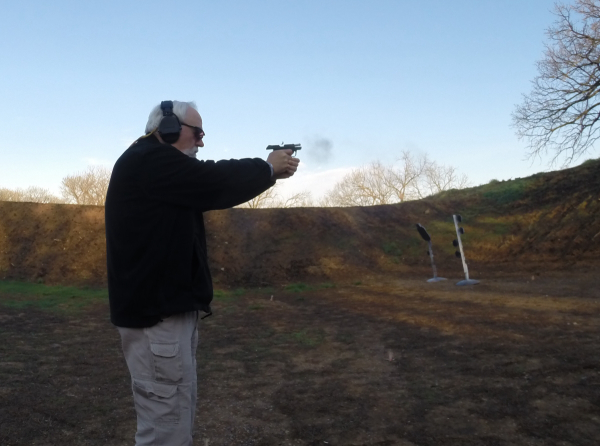
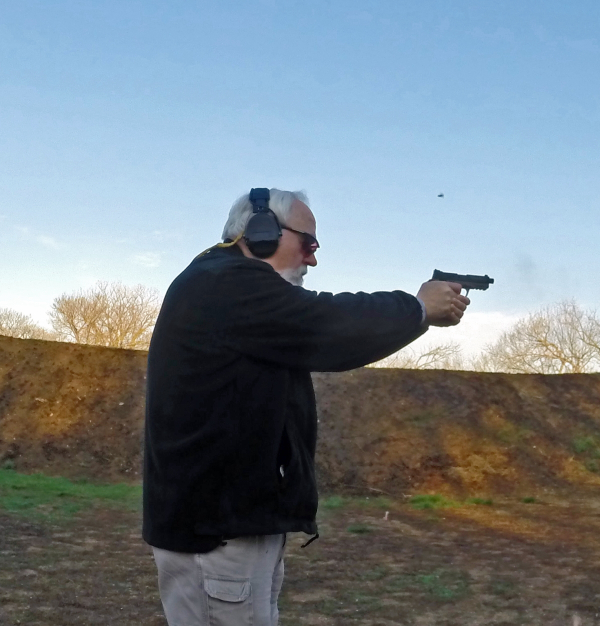
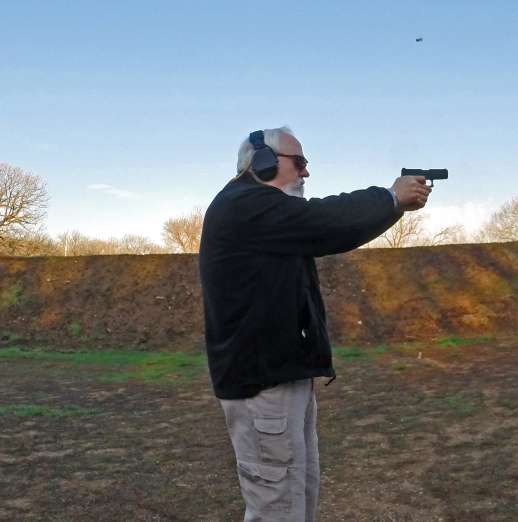
To check your natural point of aim, taking a firing stance and grip on the gun, aimed in on the target. The gun will be moving around some but it’ll hover around the aiming point. Close your eyes and pause as you try to remain still. Open your eyes – if the gun moved off of your visual aiming point, use your feet, legs, hips to move the gun back into line: don’t move your arms, shoulders or wrists. When you can go through the process and the gun continues to hover about the target center without visual inputs, you made it.
I didn’t do this drill to compare gun-to-gun, as such. The ammo was the same (Federal AutoMatch 22LR 40-grain) – and it worked well in each of the three guns – so that wasn’t compared. It’s not a gun thing, it’s a ‘fit the shooter to the mechanism’ thing. It’s not a bad warm up to get you squared away before you work out.
Doing it at seven yards on the B-8 repair centers was a stretch, but the little 22s accommodated. With the GLOCK 44, I tended left and high, a function of grip and trigger finger reach. The string was vertical and narrow, with a decent cluster at 11 o’clock in the 10 & 9 rings. With the S&W M&P Compact 22, the cluster was centered for windage and tended just a little high outside the “x” ring. It was a more rounded group. This gives a clue as to how the gun fits the shooter’s hand – in this case. It’s a very individual thing. With the micro-pint-sized Ruger “Lite Rack” LCP II 22LR, the blind cluster was just below center of the ‘x’ ring, centered for windage and just a little low . . . at seven yards. Eyes closed. On a B-8 bullseye repair center.
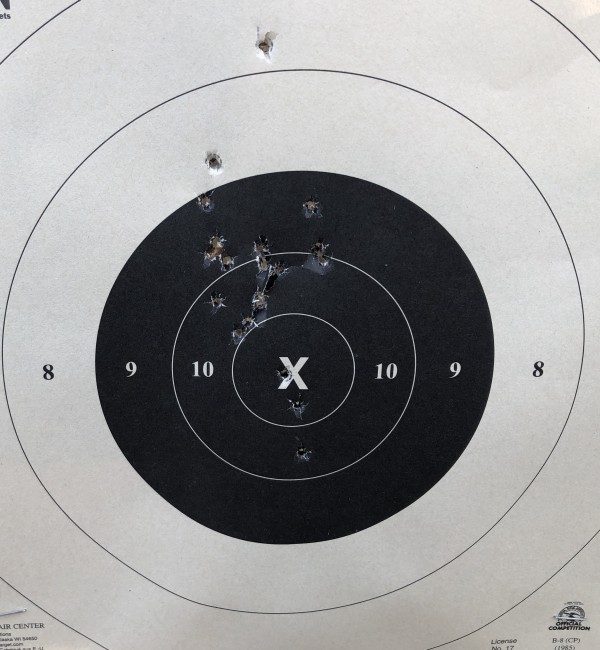
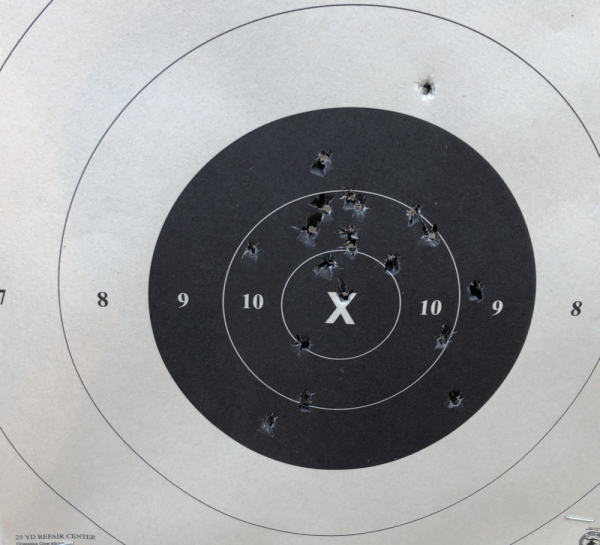
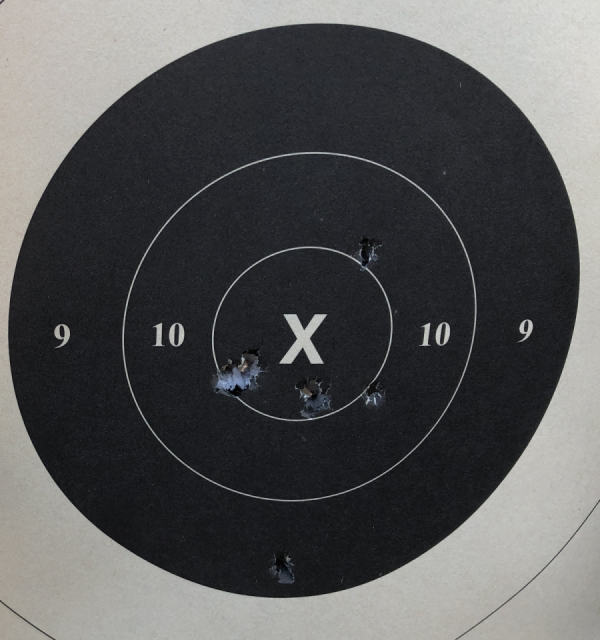
Yep, it shocked me too. Now it could be the ‘training effect,’ warming up through the GLOCK, then the Smith & Wesson before getting to the Ruger. Or it could be how the little gun fits up to me. I’m thinking it’s more training effect and less ‘fit,’ though the Ruger is superbly accurate – especially considering its size. The lesson of the targets is not that I should shoot with my eyes closed – but to pay more attention to the trigger, a consistent group and keeping the gun still before and during ignition.
Trigger control practice like this is invaluable. We’ll examine the best use of analog subcaliber trainers in another feature, with the help of Legendary Lawman Marshal Chuck Haggard.
Stay tuned.
- - Rich Grassi